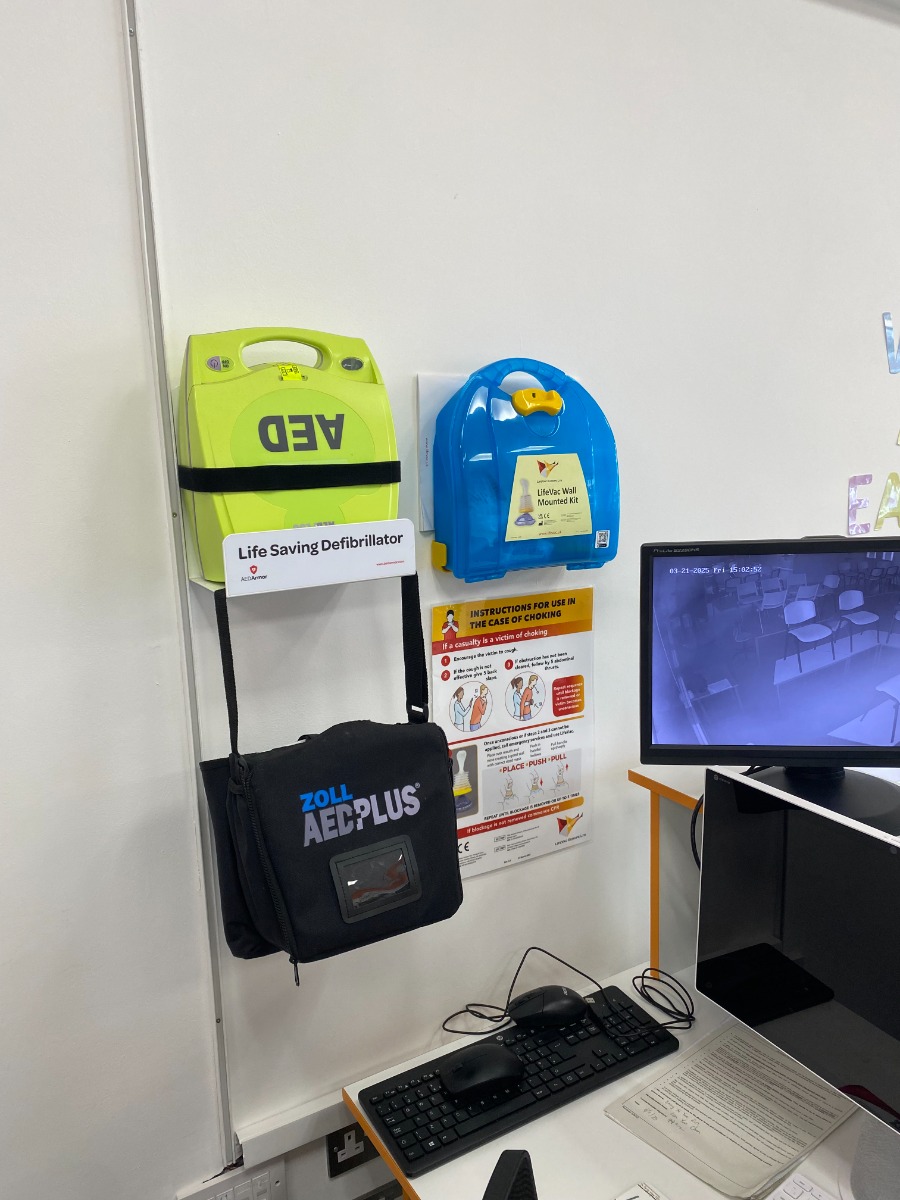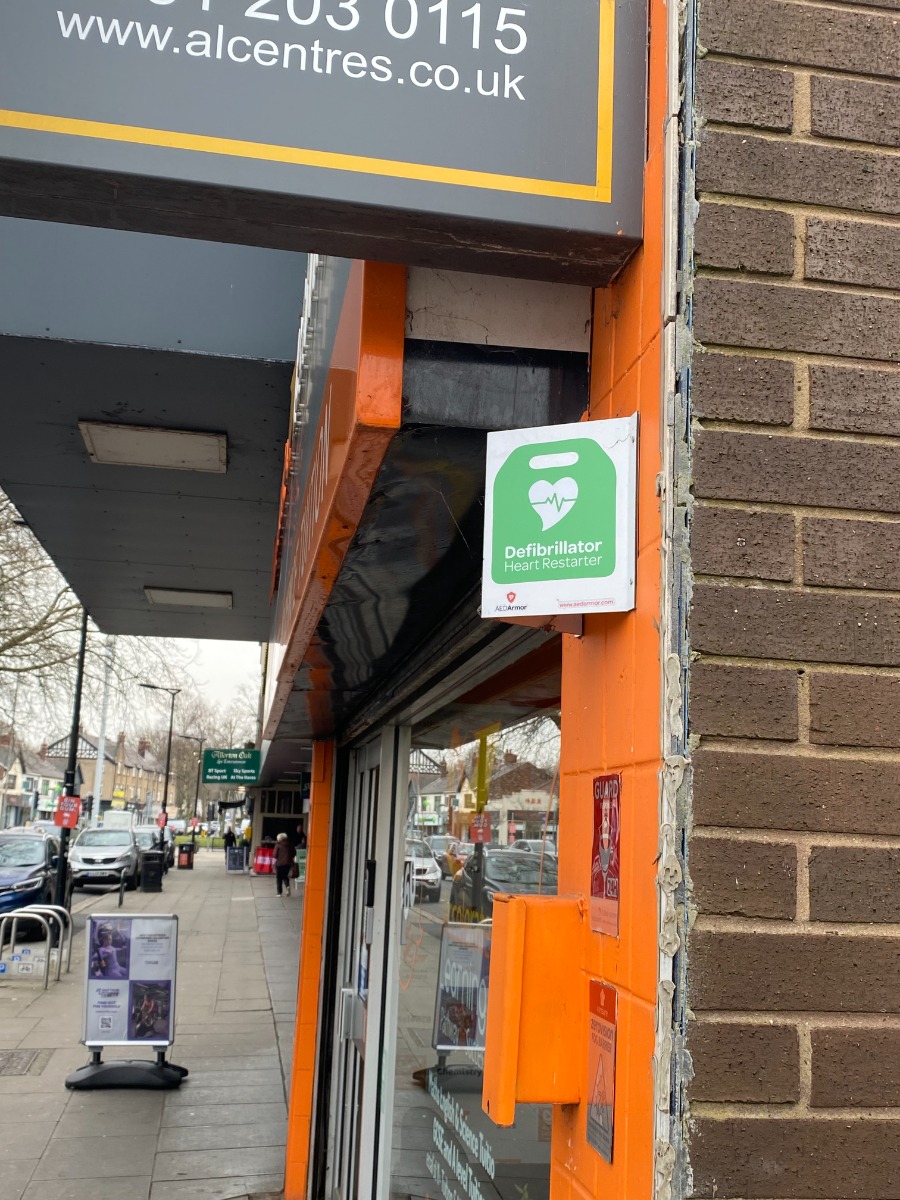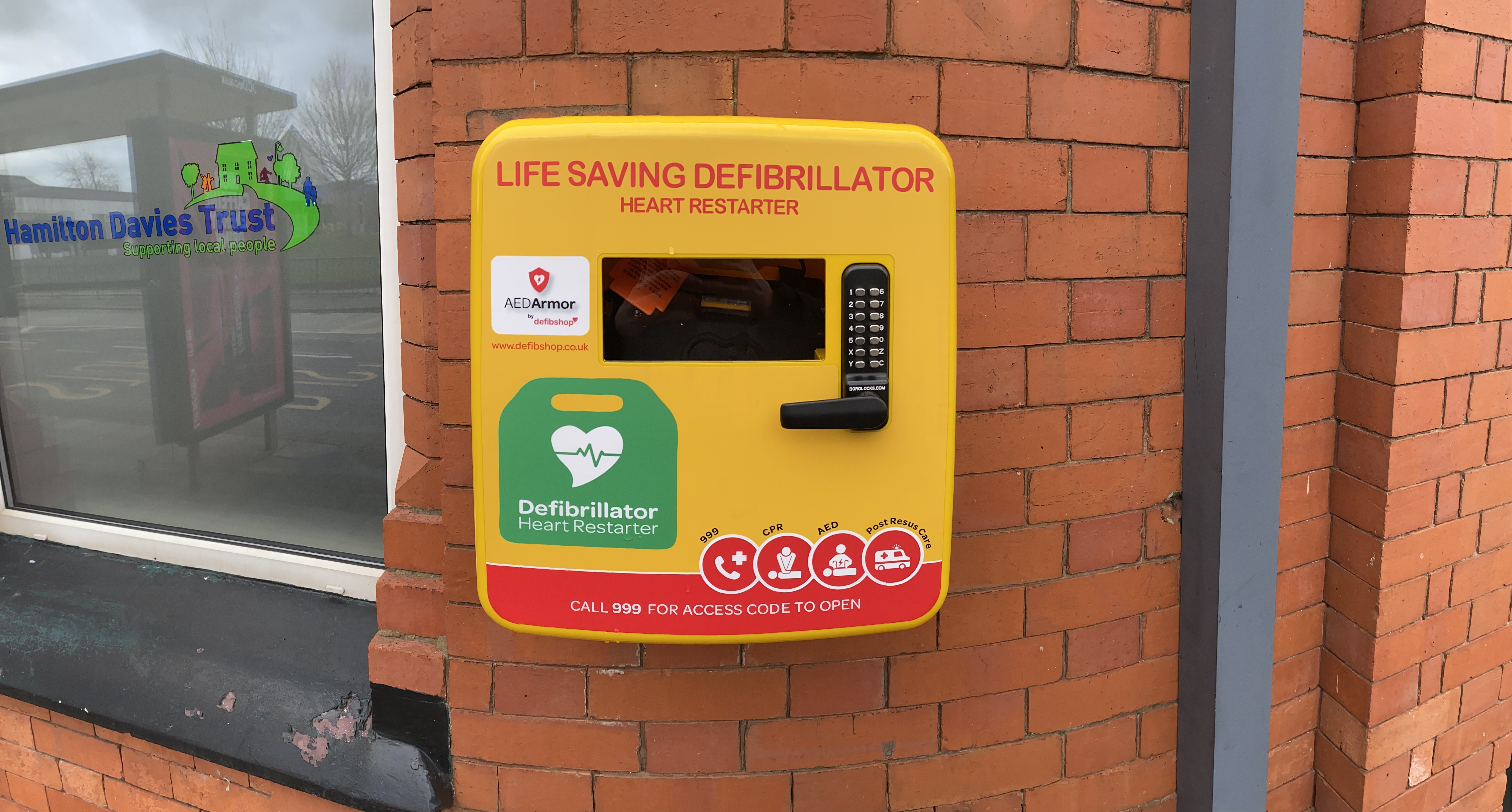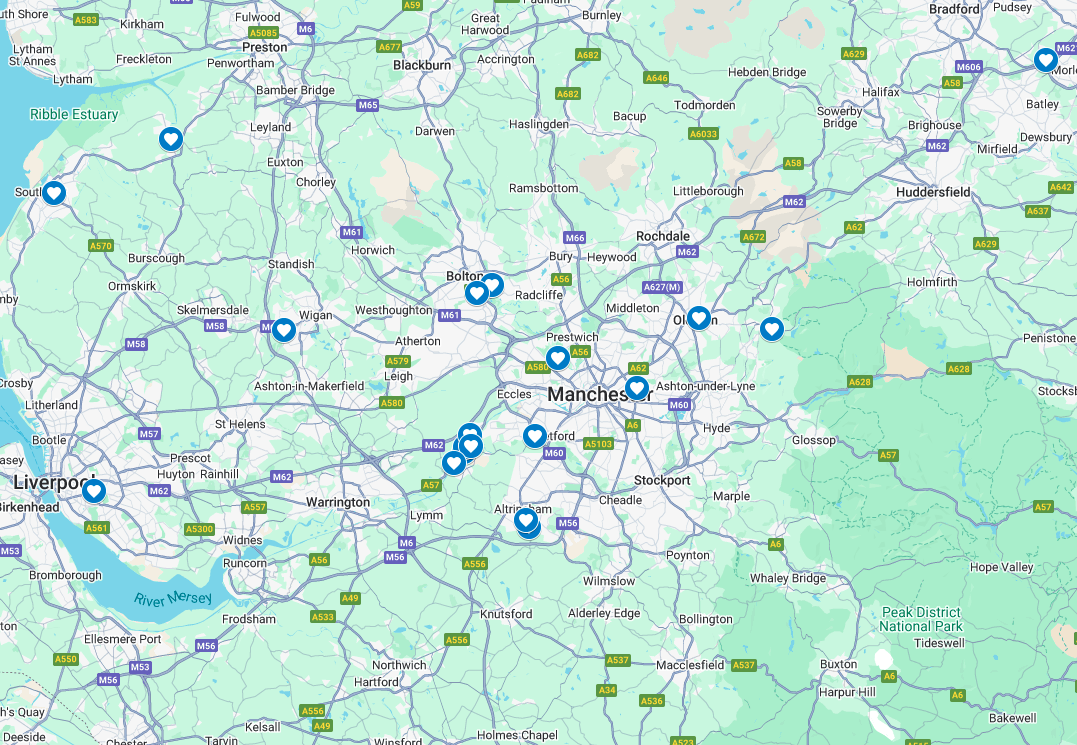Accelerate Learning

Accelerate Learning: Prioritising Safety with a Life-Saving Defibrillator
Accelerate Learning Centres in Liverpool believe education is at the heart of everything they do. Their commitment to providing a high-quality learning experience is evident in their dedicated team, engaging curriculum, and supportive environment. They prioritise the safety and well-being of everyone who walks through their doors. A testament to this commitment is the installation of a defibrillator on a wall bracket in the reception of the biulding, easily visible to any visitors.
A defibrillator is a life-saving device, delivering a controlled electric shock to restore a normal heart rhythm in the event of sudden cardiac arrest. With children present in the building daily, having immediate access to a defibrillator provides extra reassurance for staff, students, and visitors alike.
Recently, defibshop visited Accelerate Learning Centres to discuss the significance of defibrillators in public spaces, particularly in environments where children are present. Their team highlighted the importance of having paediatric pads available, ensuring that the device can be used safely and effectively on younger individuals should the need arise.
What are Paediatric Pads?
Paediatric defibrillator pads are specially designed electrode pads used with an automated external defibrillator (AED) for children, typically aged 1 to 8 years old or weighing less than 25kg. These pads deliver a lower energy shock compared to standard adult pads, ensuring that the defibrillation process is safe and appropriate for a child's smaller and more sensitive heart.

Key Features of Paediatric Defibrillator Pads:
-
Lower Energy Output: The pads reduce the electrical shock level to a safer amount for children, as their hearts are more sensitive to high-voltage shocks.
-
Smaller Size: The pads are designed to fit a child’s body appropriately, ensuring correct electrode placement.
-
Special Placement Guidance: Unlike adult pads, which are placed on the upper right chest and lower left side, paediatric pads are often placed with one pad on the front of the chest and the other on the back (anterior-posterior placement).
-
Compatibility with AEDs: Not all AEDs automatically adjust for paediatric use, so it’s important to check if the device supports paediatric pads or has a paediatric mode.
This visit reinforced the necessity of being prepared for medical emergencies. Sudden cardiac arrest can affect anyone, regardless of age, health or ethnicity, making defibrillators an invaluable asset in any educational setting. With every minute that passes without defibrillation, survival chances decrease by 10%, making quicker acessability to this equipment vital.

The installation of a defibrillator at Accelerate Learning Centres reflects their proactive approach to safety and well-being. By equipping their premises with this life-saving device and engaging in essential conversations about emergency preparedness, they continue to demonstrate their commitment to protecting their students, staff, and visitors.
Ensuring safety within educational environments is a responsibility that cannot be overlooked. Thanks to the proactive measures taken by Accelerate Learning Centres, the importance of defibrillators and paediatric pads has been reinforced, helping to create a safer, reassuring space for all.











